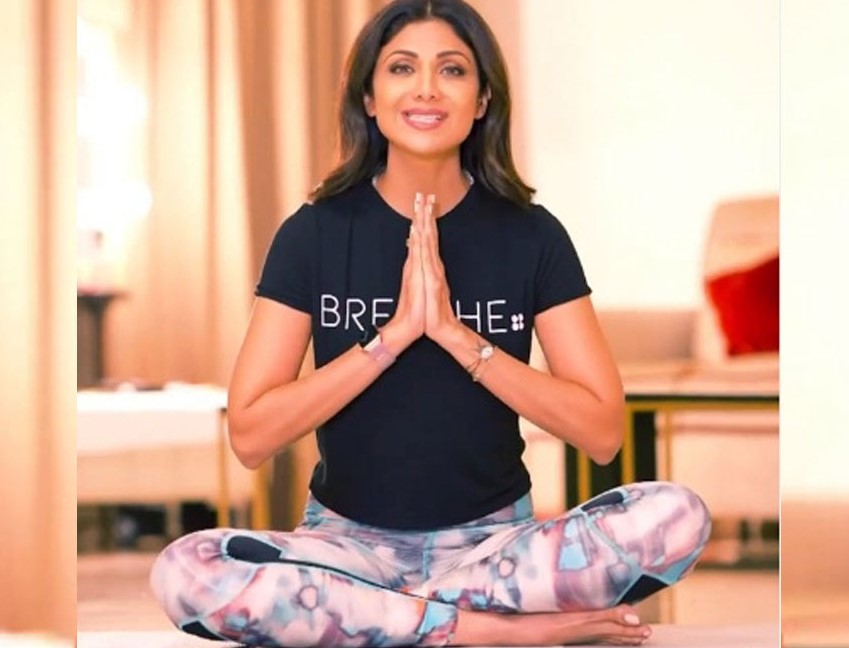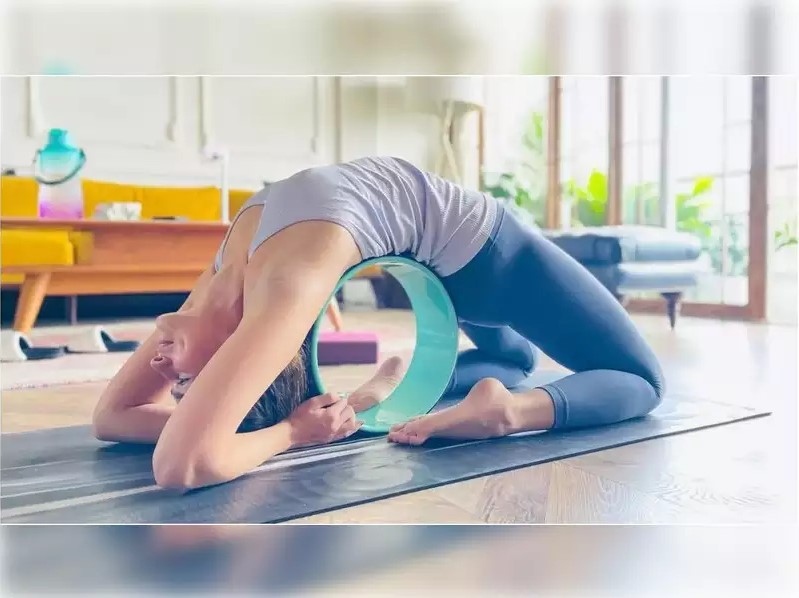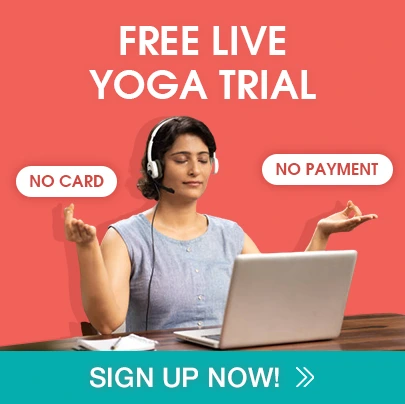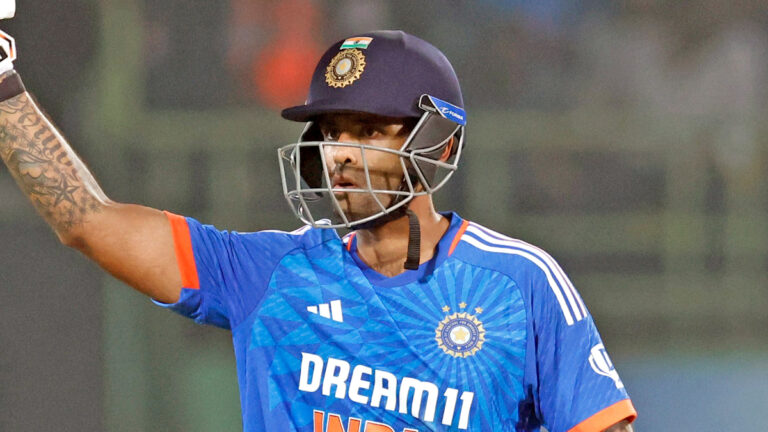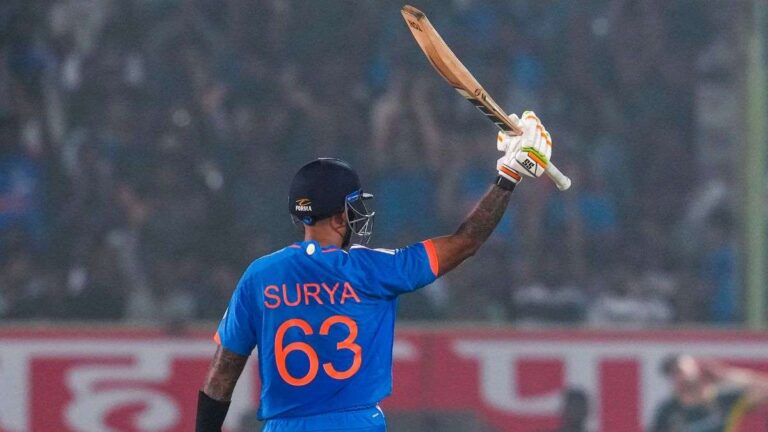Sunil Gavaskar, Sachin Tendulkar, Kapil Dev, MS Dhoni, and last but not least, Virat Kohli are all natives of India. Indians will be watching television in the coming days to support the Men in Blue in the Cricket World Cup.
However, those of us who enjoy watching Kohli bat really hard must be curious as to what makes cricketers’ fitness routines and food programs so exceptional to survive all the stress linked to sports. In this guide, we will examine the possibilities of workout routines, nutrition plans, and cricket-related injuries that may go into the daily lives of Indian cricketers. Injury-free cricket players are a gift to the National squad during this crucial championship.
Stay Fit Like Indian Cricketers: Workouts
The foundation of the training regimen for cricket players is increasing physical flexibility. It also strengthens the body for use on the field by reducing the likelihood of injury to the body’s joints and soft tissues.
Cricket players stretch their quadriceps, stand with their hamstrings extended and raise their legs straight to reduce knee stiffness. They also practice activities to protect their collateral ligaments, such as hamstring curls and one-leg wall slides. Exercises for the upper body build up the arms and torso to improve gaming precision.
Eccentric exercise and hamstring and quad stretching can both help to lessen the severity of the lower-body injury. Eccentric training entails lowering the body while completing pull-ups and push-ups in a downward motion, as well as lowering the weight at the time of the shoulder press.
RELATED! Top 3 Fittest Bollywood Actors And Their Fitness Routine!
Stay Fit Like Indian Cricketers: Diet
Whole grains, dairy products, fruit, lean proteins, and vegetables are all part of a cricketer’s diet plan. Healthy carbs are altered to accommodate training and match demands. Greek yogurt, fruit, or whole-grain muesli bars are appropriate snacks on intense training days. Days with less work require more protein and fewer carbohydrates, which can be obtained from foods like fish, whole-grain crackers, vegetable sticks, boiled eggs, etc.
Injuries and Medical Care:
The striking rise in the number of international matches played has increased the likelihood of cricket injuries. Shoulders, lower backs, and knees are common injury targets in cricket, especially for bowlers. Due to the stress transmitted via the knee joints, which can result in torn ligaments or torn tissues, fast bowlers frequently suffer knee injuries.
Cricket players on the field may sustain a variety of injuries. Applying an ice pack to the affected area for about 30 minutes every three to four hours and compressing it with an elastic bandage to reduce swelling are options for immediate treatment.
Water Needs:
This is dependent on position, playing style, and weather. Cricket players’ individual fluid losses must be closely monitored since the excessive fluid loss (about 2% of body weight) can impair concentration, running speed, bowling accuracy, and cooling ability. Cricket players need to rehydrate during warm-ups, meal and drink break, wicket-falls, and when they are not in play.








